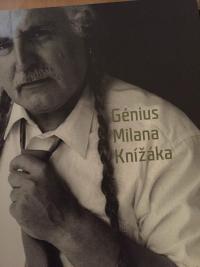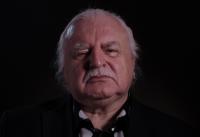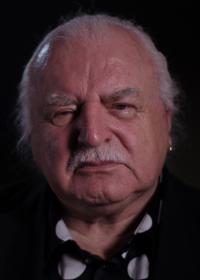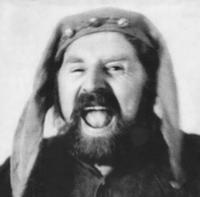“The Milan Knížák clan”

Download image
Prof. Milan Knížák, DrA., was born on the 19th of April 1940 in Pilsen, he grew up in Blovice. In the summer of 1945 his parents moved to Mariánské Lázně, where his father worked as a teacher and his mother as a finance manager. He attended an extended primary school in Plané u Mariánských Lázní, after graduating in 1957 he unsuccessfully applied to study at the Academy of Fine Arts (AFA) in Prague, after which he briefly studied at the University of Pedagogics. In 1958, he was accepted to the AFA preparatory course, but he was expelled a year later.After completing his compulsory military service, he worked as a cleaner. Since the early 1960’s, he has devoted himself to art, especially to happenings and action art. From years 1963-1964, he studied at AFA, but he did not complete his degree. From 1965, he was a member of the Union of Fine Artists, from 1966 he was noted by State Security as a hostile figure. On an invitation by the group Fluxus, he spent the years 1968-1970 in the United States of America (lectures, happenings). From the early 1970’s, he was under State Security surveillance; he also stood trial.In 1974, he obtained a one-year scholarship from the Berlin foundation DAAD, which he did not until five years later, from 1979-1980. In the 1980’s, he underwent several study stays in Germany. From 1990-1997, he held the position of rector of the Academy of Fine Arts in Prague, from 1999 to 2011 he was director of the National Gallery in Prague. He lectures at universities and organizes both individual and group exhibitions at home and abroad, he has published several books. Prof. Milan Knížák lives in Prague.




